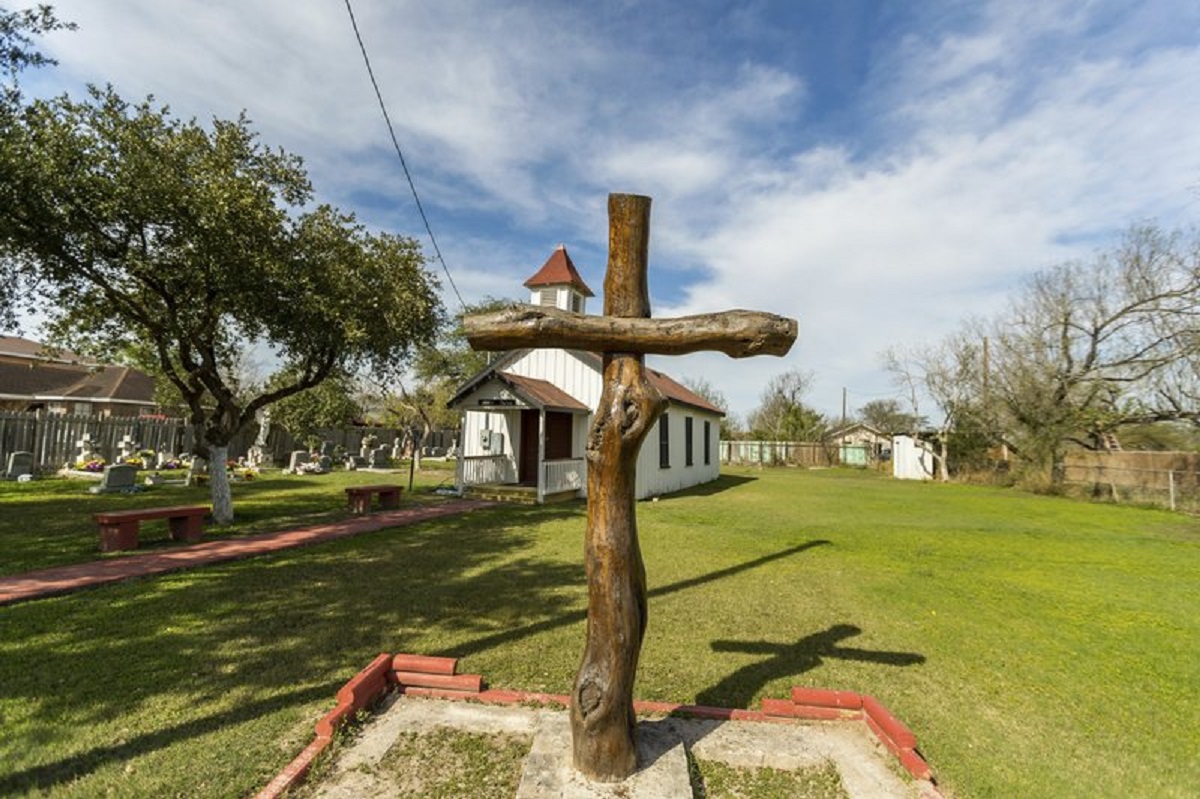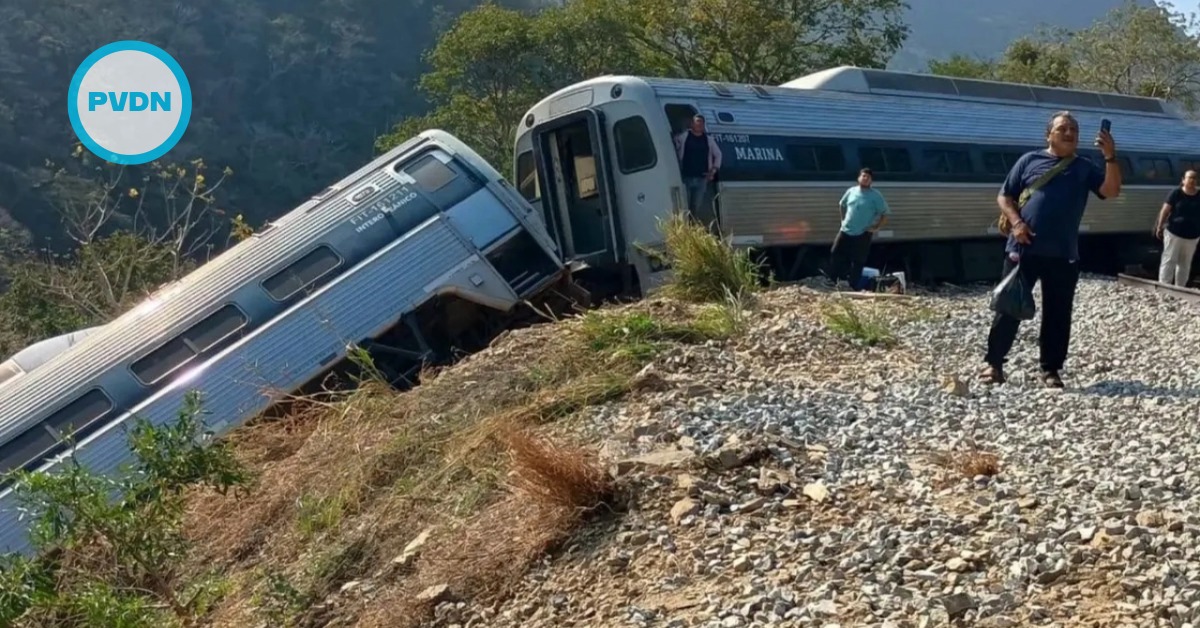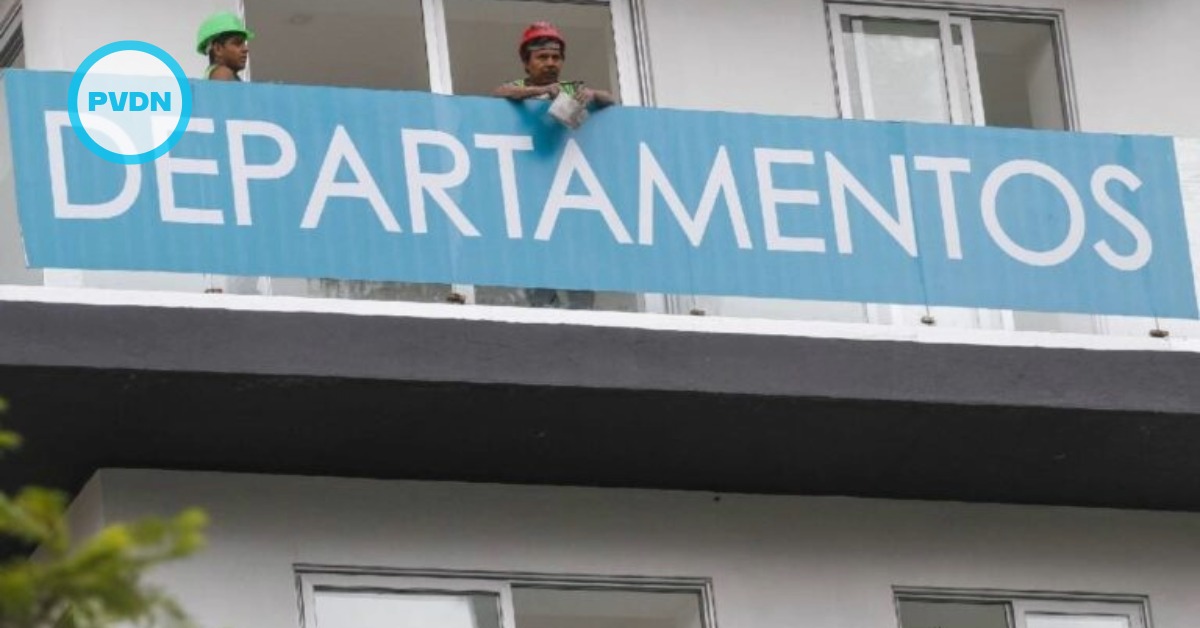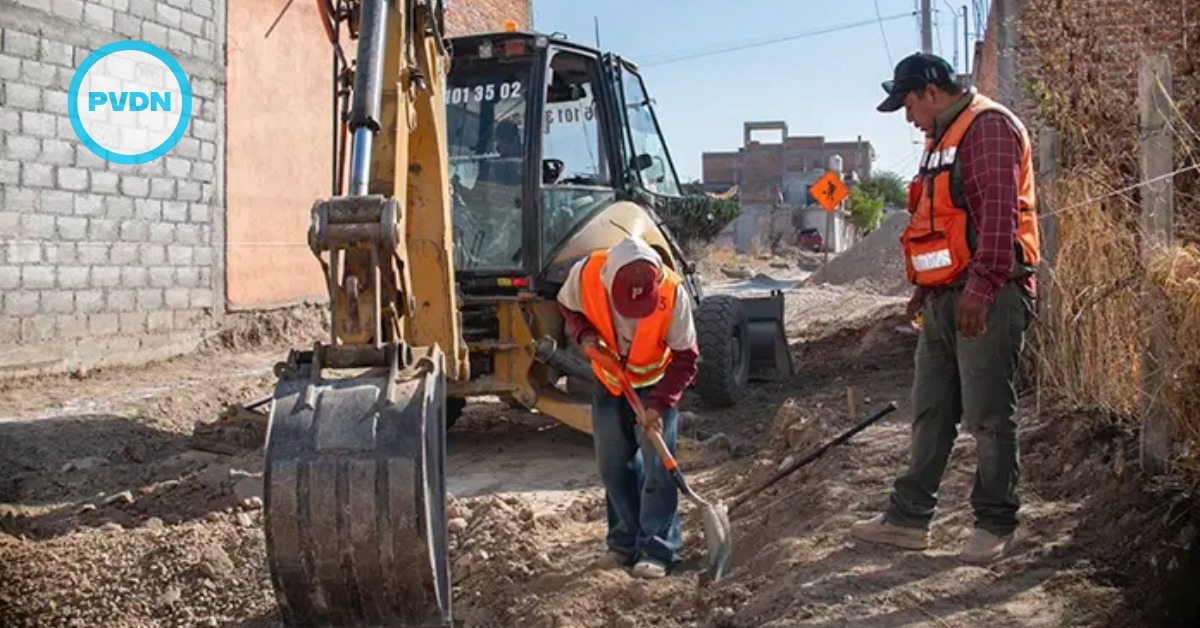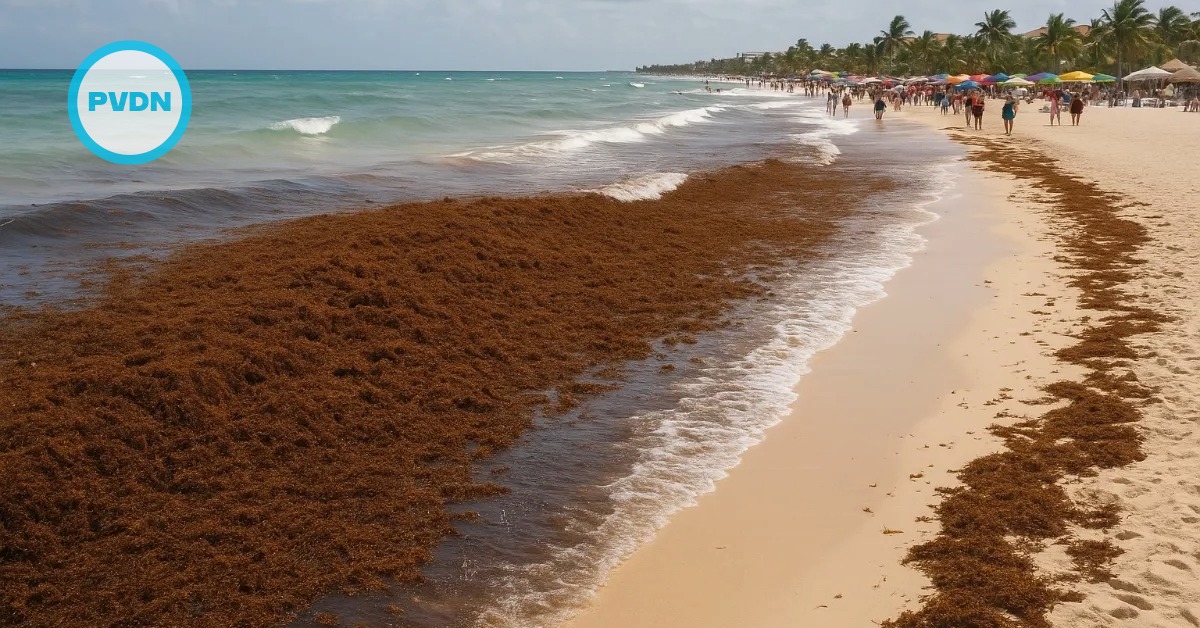While researching U.S. Civil War history in South Texas, Roseann Bacha-Garza came across the two unique families of the Jacksons and the Webbers living along the Rio Grande. White men headed both families. Both of their wives were Black, emancipated slaves.
But Bacha-Garza, a historian, wondered what they were doing there in the mid-1800s.
As she dug into oral family histories, she heard an unexpected story. The two families’ ranches served as a stop on the Underground Railroad to Mexico, descendants said. Across Texas and parts of Louisiana, Alabama, and Arkansas . . .


